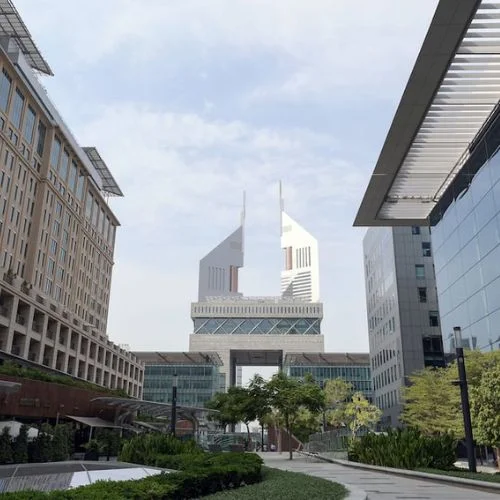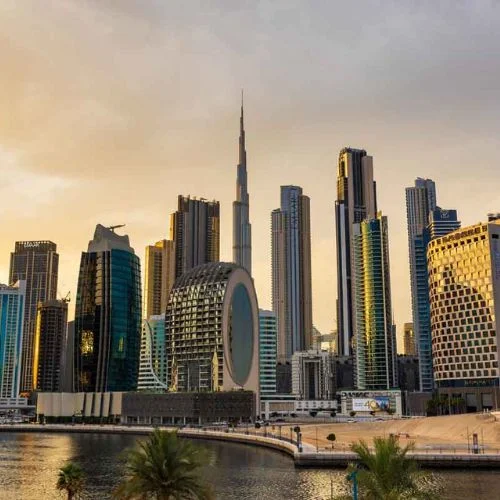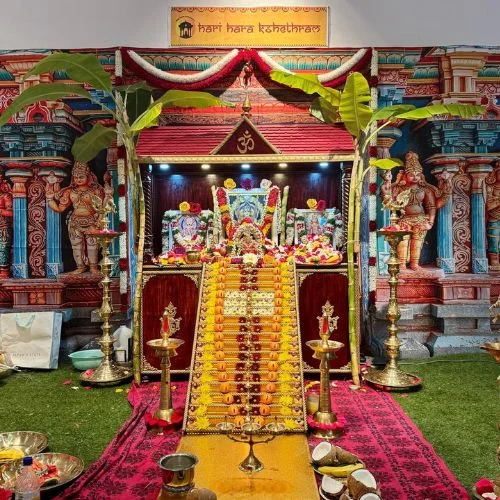Union Railway Minister Ashwini Vaishnaw made a momentous statement during the Vibrant Gujarat Summit, revealing that India’s first bullet train would begin operations in 2026. Vaishnaw said that the initial bullet train service would run between Surat and Bilimora.
“We plan to run the first bullet train between Surat and Bilimora in 2026,” Vaishnaw stated during the 2024 Vibrant Gujarat Summit in Gandhinagar, Gujarat.
Vaishnaw presented an update on the project’s development, pointing out that 270 kilometers of groundwork for the bullet train had already been finished. He emphasized the successful installation of a 270-kilometer-long wire duct and stated that the project is going on schedule.
“A 270-kilometre-long wire conduit has been installed. Work is progressing according to schedule. The construction on the Mumbai-Thane undersea tunnel has also commenced. The building of bridges across eight rivers that will cross the route is progressing swiftly. Two bridges are already finished. The construction on the Sabarmati terminal station is also practically finished,” Vaishnaw said.
On January 8, the Ministry of Railways announced the successful purchase of all land for the Mumbai-Ahmedabad Rail Corridor, often known as the bullet train project, which spans Gujarat, Maharashtra, and Dadra and Nagar Haveli.
Mumbai-Ahmedabad Bullet Train project costs Rs 1.08 lakh crore.
The National High-Speed Rail Corporation Limited (NHSRCL) is planning a bullet train route between Mumbai and Ahmedabad that would cost Rs 1.08 lakh crore. The financial structure includes the Union government providing Rs 10,000 crore, Gujarat and Maharashtra contributing Rs 5,000 crore each, and the remaining funds backed by a 0.1 percent interest loan from the Japan International Cooperation Agency (JICA).
The ambitious project, which began with the foundation stone being placed in Ahmedabad in September 2017, seeks to cover a distance of more than 500 kilometers in around two hours. The high-speed rail line, which uses Japan’s Shinkansen technology, aims to create an efficient and high-frequency mass transit system.
The project was originally scheduled to be completed in 2022, however, it was delayed owing to land acquisition issues. The government now plans to begin the first phase, which would link Surat and Bilimora in south Gujarat, in 2026.
On October 1, 1964, Japan launched the world’s first high-speed rail service, the Shinkansen, commonly known as the “bullet train”. The Shinkansen is a network of high-speed train lines that link Japan’s remote areas to Tokyo. The Shinkansen’s sleek, spitzer-shaped nose cone is responsible for its moniker.
The Shinkansen was designed to promote Japan’s economic growth and prosperity. It also increased rail travel in Europe and Asia at a period when automobiles and airplanes were growing more popular.
The Shinkansen has a maximum speed of 320 kilometers per hour. The Shinkansen H5 and E5 trains can travel at 224 miles per hour, reducing the journey time between Tokyo and Osaka from seven to four hours.















